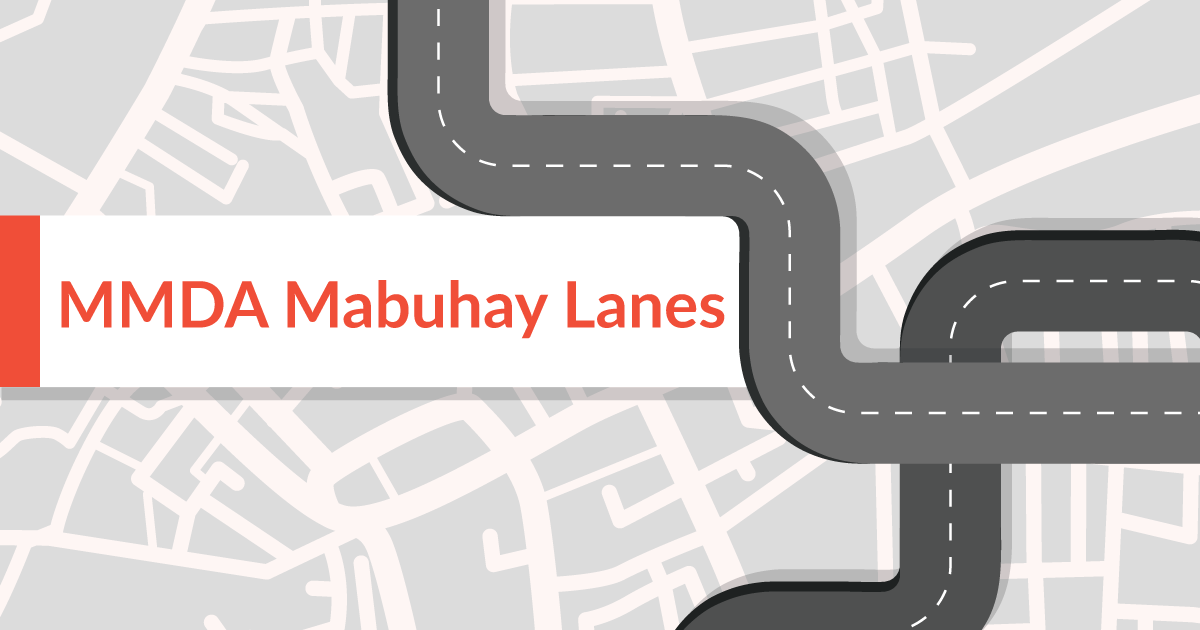This scheme might be the core of a holistic traffic solution for the Metro.

Every year, the Metropolitan Manila Development Authority (MMDA) implements a traffic plan to ease heavy vehicular traffic expected during the holiday season: they would open “Christmas Lanes”–express routes across the metropolis designated for private vehicles–to ease traffic along major roads, especially Epifanio de los Santos Avenue (EDSA).
Two years ago, the 12 Christmas Lanes were expanded to 17, and their implementation was extended to beyond the holiday season, and have been since named Mabuhay Lanes–a move that may prove promising for Metro Manila’s infamous congestion.
In the greater scheme of things, the Mabuhay Lanes are only part of a larger plan. These lanes are not only promoted though MMDA-led information campaigns, these roads are also prepared to handle the amount of vehicles expected to be rerouted through them. These streets are subjected to regular clearing operations, which the Authority plans to keep up all year round.
The MMDA reports that there has been a 50% decline in illegal parking violations since the clearing operations, which began in November 2015. There was also a significant drop in illegally parked vehicles that were towed.
According to Ret. Gen. Manuel Gonzales, head of the MMDA Security Investigation and Intelligence Office, there might be no need for drastic and costly solutions to ease traffic. Established laws and regulations just have to be strictly implemented: three-meter easement, illegal parking, and illegal terminal laws; add to that regular sidewalk clearing operations, and the continuous promotion of Mabuhay Lanes.
It’s easier said than done; removal of obstructions, a single ticketing system, and leaving one body in charge of all traffic in Metro Manila all depends on Congress passing legislation to give the president emergency powers, which might be resisted because of President Duterte’s human rights record.
There’s also the problem on the lack of personnel. The MMDA needs around 10,000 more traffic enforcers to fill the 18,000 personnel required to make sure that traffic laws are implemented broadscale.
But it cannot be denied that the bulk of the problem rests on us: undisciplined motorists and pedestrians. If a majority of motorists followed traffic rules and regulations, there’s bound to be an ease in traffic congestion. If pedestrians simply alighted from commuter vehicles at the designated areas. If PUV drivers do not enable them. If enforcers were properly trained to understand intersection management.
In sum, each person has to pitch-in in solving the traffic crisis. Relying on the powers that be to solve your daily drive or commute woes is akin to prayer without corresponding action: we have to put in the work as well.





